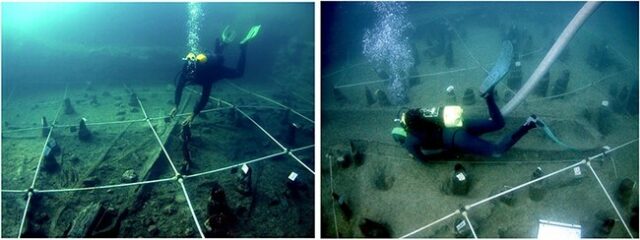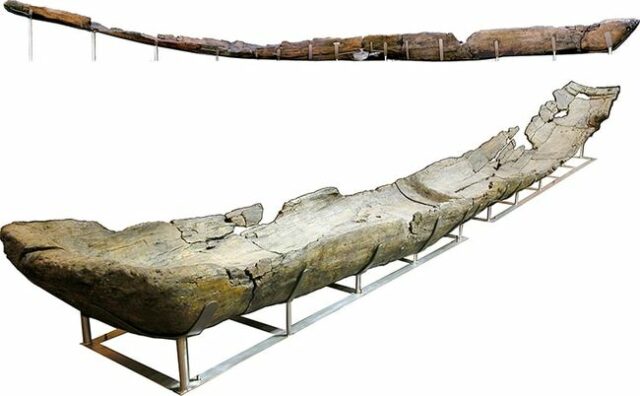
The recent revelation of 7,000-year-old canoes discovered near Rome, within the submerged ancient village of La Marmotta, has ignited a new wave of fascination among archaeologists and historians alike. The unearthing of these ancient vessels, meticulously crafted from single tree trunks using primitive tools and methods, provides profound insights into the maritime capabilities of Neolithic societies in the Mediterranean region. As an international consortium of scholars delves deeper into the findings, a clearer picture of life in this ancient Italian settlement emerges. The discovery not only underscores the remarkable preservation of organic materials under Lake Bracciano’s waters but also highlights the sophisticated craftsmanship and strategic resource utilization of these early seafarers.

The diversity of wood types used in constructing the canoes suggests a level of sophistication and knowledge among ancient mariners, indicating deliberate choices based on the properties and suitability of each wood species for specific maritime conditions. Radiocarbon dating places the age of these vessels between 5700 and 5100 BCE, making them the oldest known Neolithic boats in the Mediterranean. This revelation reshaped our understanding of ancient trade networks and maritime technology, suggesting that Neolithic societies were not only capable of long-distance navigation but also possessed the social organization necessary to support specialized craftsmanship. As La Marmotta continues to unveil its secrets, it offers a profound glimpse into the interconnectedness and ingenuity of early human societies, sparking a reevaluation of our perceptions of Neolithic communities and their maritime endeavors.

















